Many Windows 11 users have reported experiencing stuttering or lag while playing 4K videos on their devices. This issue can be particularly disruptive, especially if your workflow involves viewing high-resolution videos regularly. While this problem isn't critical, it's essential to address it for a smoother multimedia experience on your PC. Below, you'll find several methods to resolve this playback issue.
1. Update your graphics drivers
Outdated graphics drivers are a common cause of video playback problems, including stuttering with 4K videos. Updating your graphics drivers can enhance performance and resolve compatibility issues.
Step 1: Open the Device Manager. Click on the Search icon on the Taskbar, type Device Manager in the search bar, and select the Device Manager app from the results.
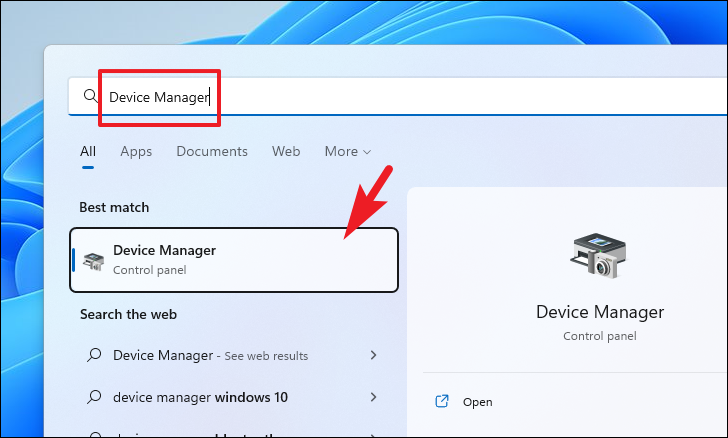
Step 2: In the Device Manager window, locate and expand the Display adapters section by clicking the arrow next to it. Right-click on your primary graphics card and select Update driver from the context menu.
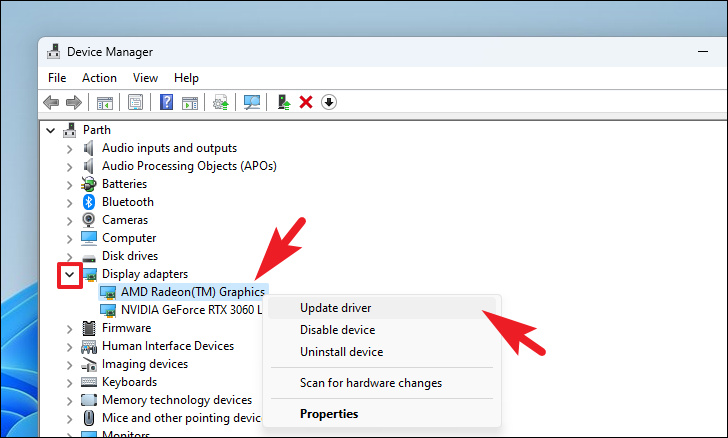
Step 3: In the Update Drivers window, click on Search automatically for drivers. Windows will search for the latest drivers and install them if available.
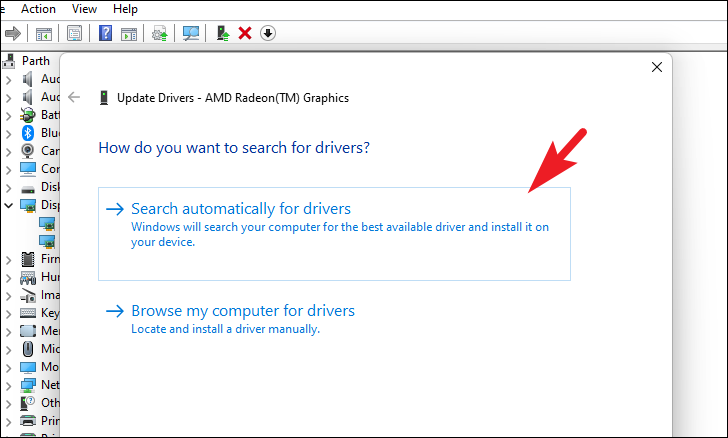
If you have already downloaded the latest drivers from the manufacturer's website, choose Browse my computer for drivers and navigate to the location where the driver is saved.
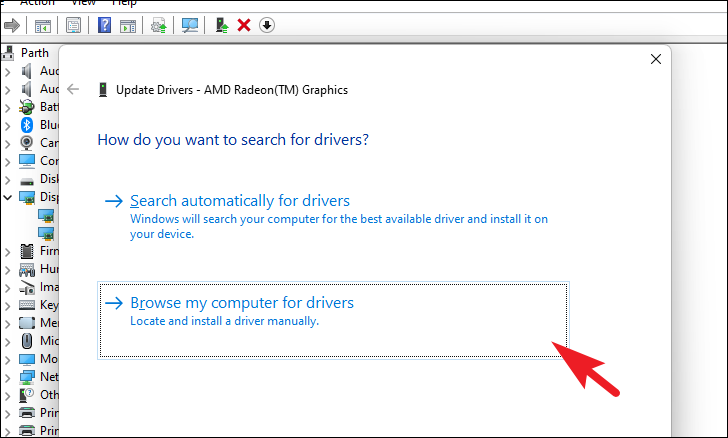
Step 4: Once the drivers are updated, restart your computer and try playing the 4K video again to see if the issue persists.
2. Switch to the dedicated graphics card
Many modern computers come with both integrated and dedicated graphics cards. The integrated card handles less demanding tasks, while the dedicated card is designed for high-performance applications. Ensuring that your video player uses the dedicated graphics card can improve 4K video playback.
Step 1: Open Settings by clicking on the Start menu and selecting the Settings icon, or press Windows+I on your keyboard.
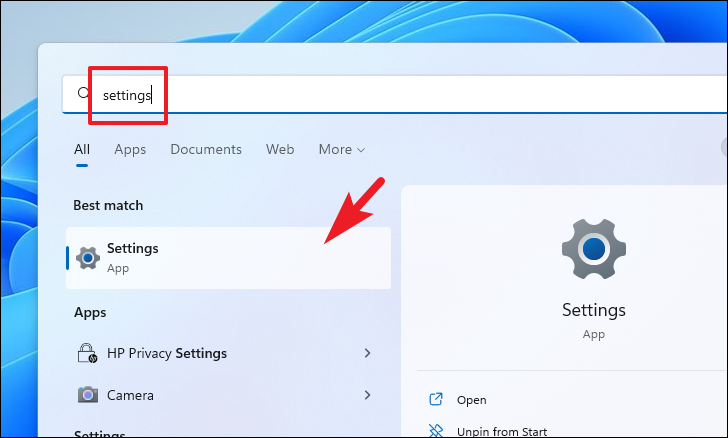
Step 2: In the Settings window, select System from the left sidebar, then click on Display in the right pane.

Step 3: Scroll down and click on Graphics under the Related settings section.
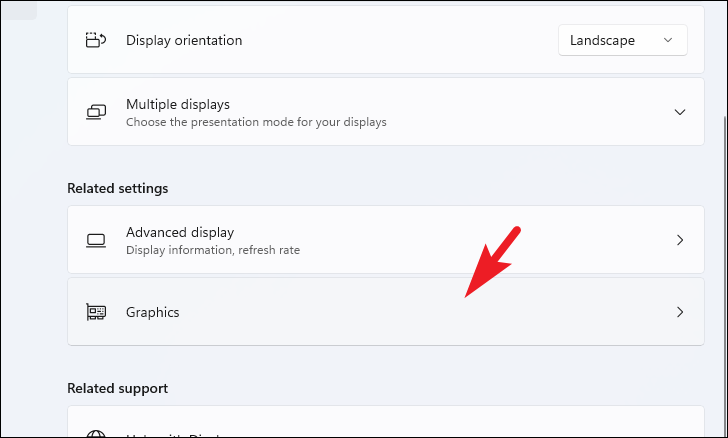
Step 4: In the Graphics settings, find your video player in the list under Custom options for apps. If you don't see it, you can add it by clicking on Browse and selecting the application executable file.
Step 5: Once you've located the video player, click on it and then select Options.
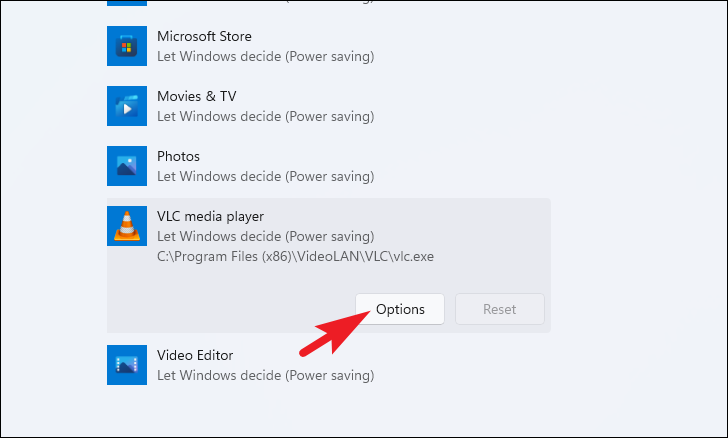
Step 6: In the Graphics preference window, select the High performance option, which uses the dedicated graphics card. Click on Save to apply the changes.
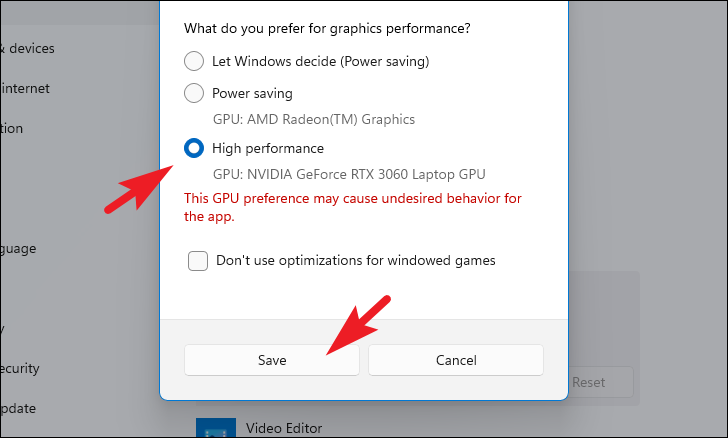
Step 7: Restart your video player and play the 4K video to check if the playback has improved.
3. Change power plan settings
Adjusting your power plan to favor performance over energy savings can also enhance 4K video playback, especially on laptops.
Step 1: Open the Settings app by clicking on the Start menu and selecting Settings, or press Windows+I.
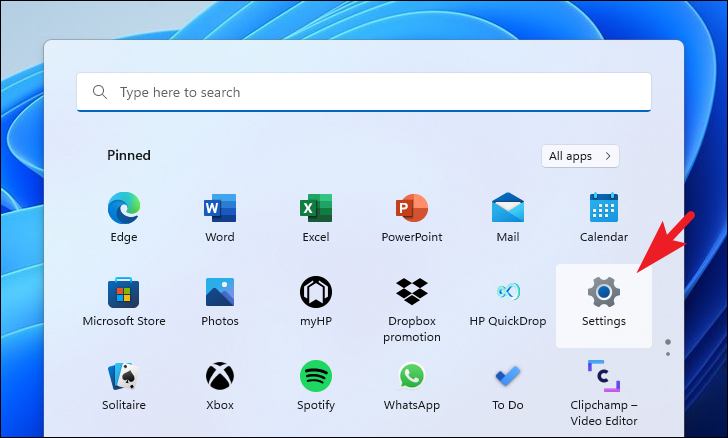
Step 2: In Settings, select System from the left sidebar and then click on Power & battery on the right.
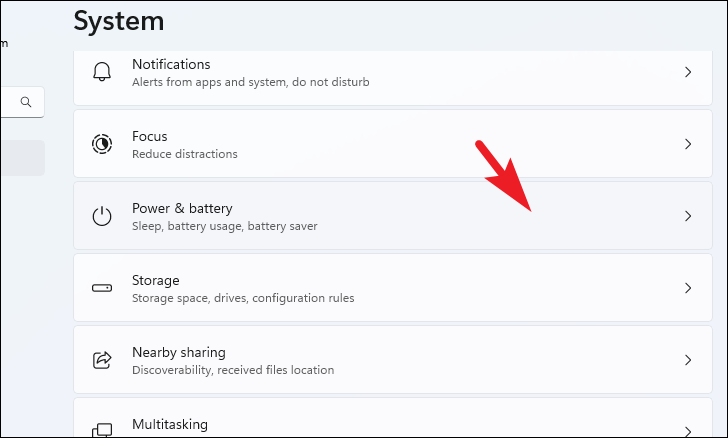
Step 3: Under the Power section, locate the Power mode setting. Click on the dropdown menu and select Best performance from the options.
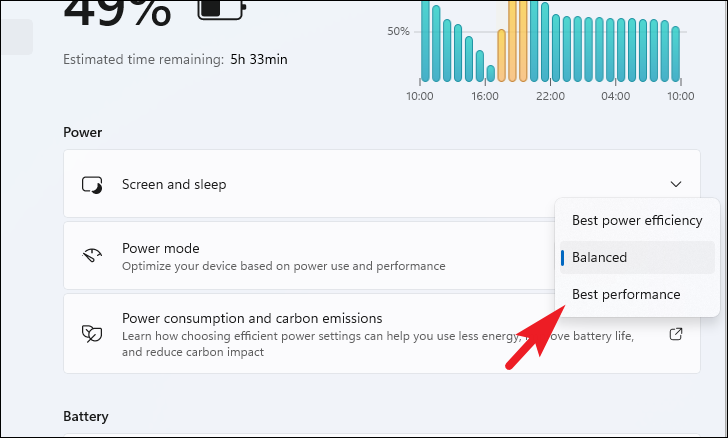
Step 4: After changing the power mode, try playing the 4K video again to see if the stuttering issue has been resolved.
4. Ensure Windows is up to date
Keeping Windows updated can fix bugs and improve system performance, which might resolve the video playback issues.
Step 1: Open the Settings app from the Start menu or by pressing Windows+I.
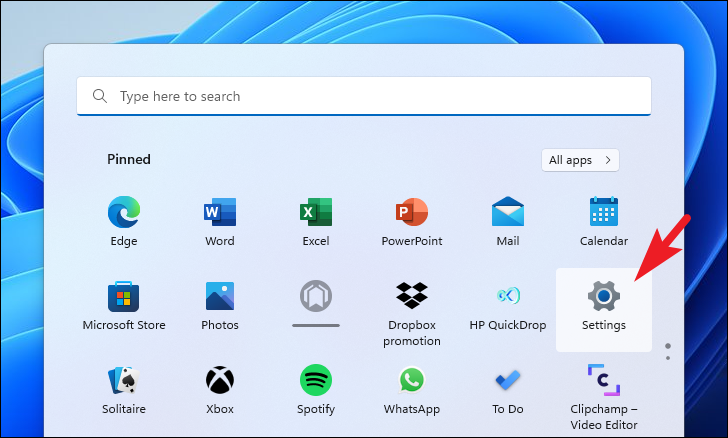
Step 2: In Settings, select Windows Update from the left sidebar.
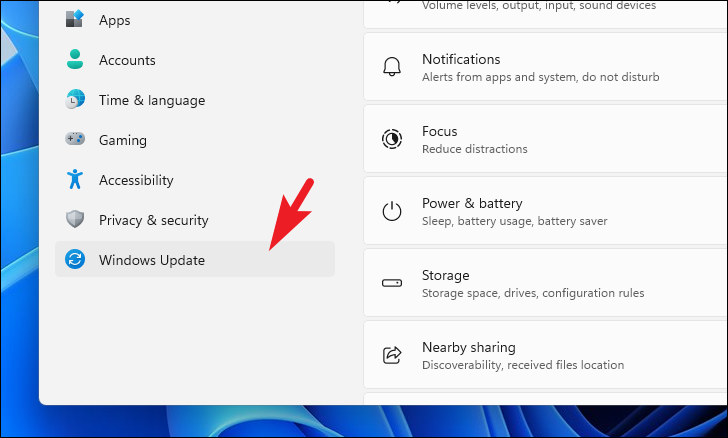
Step 3: Click on Check for updates to see if any new updates are available. If updates are found, download and install them.
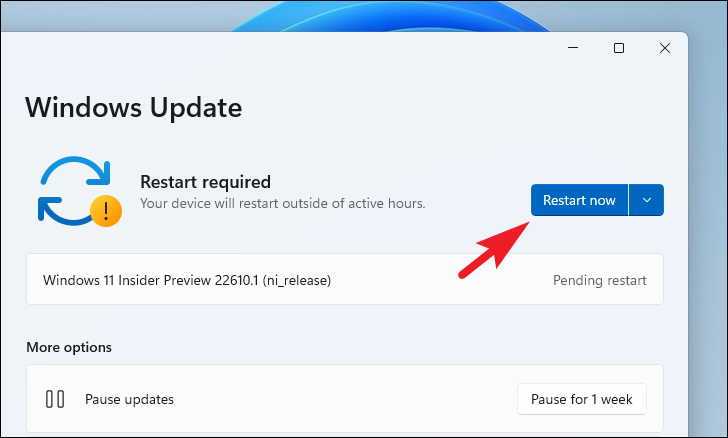
Step 4: After installing any updates, restart your computer and check if the 4K video playback has improved.
By following these steps, you should be able to resolve the stuttering issues when playing 4K videos on your Windows 11 PC.


